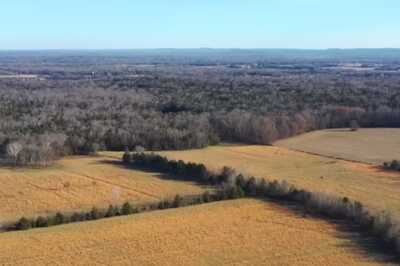
views
CHENNAI: “Let’s plant more trees; let’s save the environment” has been the buzzword for scores of city-based non profit organisations, the municipal corporation and other government departments. Ministers, Mayors, NGO leaders and cine actors planting saplings while posing for photographs appear every day in the media. But mindless tree planting may do more harm to the city’s ecology than good, say experts. Planting of more trees could spell disaster to birds and wildlife typical to Chennai’s landscape, says Dr RJ Ranjith Daniels, Managing Trustee of Care Earth Trust, who recalls Chennai’s ecological history to support his argument. “Chennai is a coastal city prone to cyclonic storms and windy weather. Hence, never except perhaps in the pre-history period did Chennai have so many trees,” says Ranjith, an expert ecologist who has figured in many governmental and nongovernmental panels on the subject. Chennai’s contemporary ecological history, according to Daniels, is categorised by the presence of predominantly large areas of grasslands, open forests, scrub jungles, and mangroves barring a few patches of tree canopy found only in certain pockets like areas near Pallavaram hills and so on. “Most other areas never had so many trees as at present expect a few Palmyra,” he says. This indiscriminate planting of trees compounded with rapid urbanisation, has resulted in loss of habitat for several birds, animals and insect species dependent on them. The Laughing Dove or the Little Brown Dove, the Common Babbler, and the Francolin are some of the important bird species whose numbers have been dwindling due to loss of natural habitats in the city. “Many species of ground birds have seen dwindling numbers as they don’t need canopy but sunlight and open spaces, which have disappeared,” says Ranjith. “For instance, the black buck that was found extensively in Chennai is widely recognised as a semi-desert animal. This itself is an indication of what the city was in history.” Hence, the idea of having a national forest policy to improve tree cover in every state and city by 33 per cent lacks scientific understanding, according to Daniels. “Chennai, which is prone to receive heavy rainfall, had its waters flowing into the sea or evaporating after recharging the groundwater aquifers. But today, due to excessive tree planting and urbanisation, the water does not find ways to flow into the sea or evaporate, causing the city to flood,” says Daniels, a doctorate from the Indian Institute of Science. “The practise of planting more trees must be controlled if Chennai is to be eco-friendly.” However, opposing arguments are not hard to come by. Preston Ahimaz, nature consultant and the man behind Adyar Poonga at its initial stage, begs to differ. “In historical context, there were no high rise buildings or commercial activities of this scale or pollution of water bodies that threatened the ecosystem and fauna and flora dependent on it. But today, the only mitigating factor for environmental degradation is the planting of trees and hence, it should not be controlled,” says he. “But care should be exercised in planting only local varieties and avoiding exotic species as the birds and animals will only be able to survive on local species.” The fact that Chennai did not have a continuous stretch of tree canopy or vegetation is hard for many die-hard environmentalists to digest, especially at a time when threats of climate change and need for adaptation techniques are imminent. However, it will be important for policy makers to take this ecological history into account for better understanding of location specific needs of Chennai instead of relying only on national and international agendas to green our city.



















Comments
0 comment